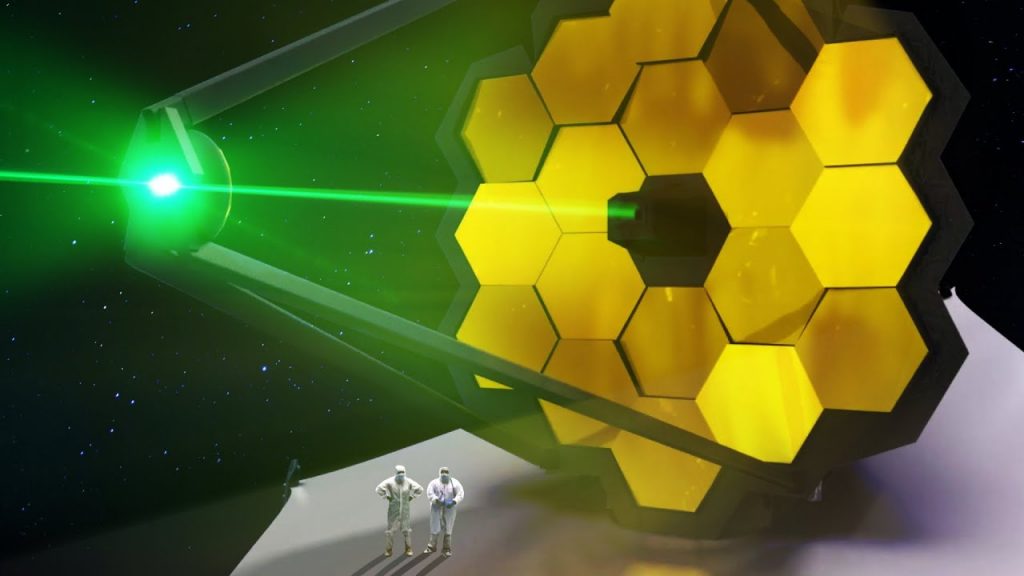Exploring the Alien World of Brine Pools

Very few humans have ever seen the mysterious brine pools in person.
This is an alien landscape of underwater lakes so salty that they kill most fish who get too close. The brine pools, however, are also thriving ecosystems, host to many species, and with a unique microbiological makeup that makes them extremely valuable to study.
How have invertebrates adapted to survive in the extreme conditions of brine pools?
Exploring the Alien World of Brine Pools
Brine pools are one of the most intriguing and mysterious habitats on Earth. These pools are found in the ocean floor and are filled with a super-saline solution that is denser than the surrounding seawater. The extreme conditions inside these pools have created thriving ecosystems that are fascinating to scientists and nature enthusiasts alike.
The discovery of brine pools dates back to the 1970s when oceanographers started exploring the depths of the Gulf of Mexico. These pools were initially thought to be toxic wastelands, but scientists soon realized that these habitats supported a wide range of life forms that were unique and exotic.
One of the most remarkable features of brine pools is the microbial mats that cover the pool’s floors. These mats are made up of bacteria and archaea that thrive in the extreme conditions of the pool. The mats have a distinct and vibrant colour that ranges from red to yellow to green. These mats are crucial to the pool’s ecosystem as they provide food for other organisms that live in the pool.
The brine pools are also home to a variety of invertebrates that are adapted to the harsh environment. Many of these creatures are eyeless, as vision is not useful in the darkness of the pool. Instead, they rely on sensors that detect chemicals and changes in temperature. One of the most notable of these creatures is the brine shrimp, which can survive in the pool’s high salinity and low oxygen levels.
The extreme environment of brine pools has led to many unique and fascinating discoveries. One of the most exciting discoveries in recent years has been the presence of methane hydrates. These methane hydrates are trapped in the sediment at the bottom of the pool, and their release into the ocean could have a significant impact on the Earth’s climate.
The study of brine pool ecosystems is still in its infancy, but the discoveries already made have provided valuable insight into the possibility of life on other planets. The extreme conditions found in these pools are similar to those found on other planets and moons, such as the icy moon of Europa.
Exploring the alien world of brine pools is not without challenges. The extreme conditions of the pool make it difficult for researchers to study them without damaging the delicate ecosystems. However, the development of new technologies, such as remotely operated vehicles and submersibles, has made it possible to explore these habitats without disturbing them.
In conclusion, brine pools are a fascinating and mysterious habitat that is still being explored by scientists. The unique and extreme conditions of these pools have created thriving ecosystems that are home to a wide range of exotic and unusual creatures. The study of these pools has provided valuable insight into the possibility of life on other planets and could have significant implications for our understanding of the Earth’s climate. Exploring the alien world of brine pools is a challenge, but one that offers exciting possibilities for discovery and exploration.










Iron Age Bushcraft Build – Roof Building in Soaking Rain: DODGY STUFF!
Fall 2019 Fashion Trends | Top Fall Trends
Bushcraft Camp: Full Super Shelter Build from Start to Finish.
I tried breathwork everyday for 30 days
ARIA: 80 Sunreef Power Catamaran [Walkthrough]